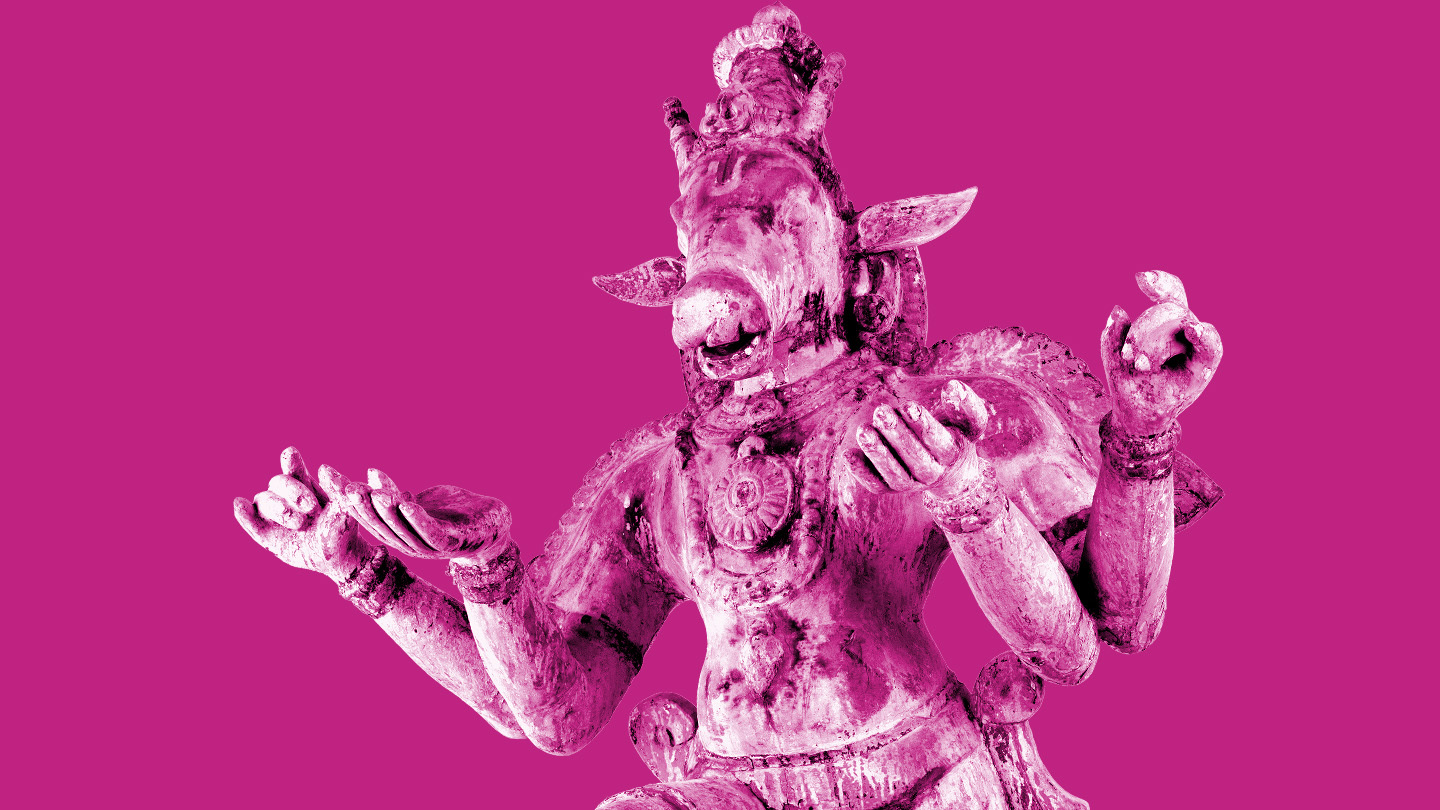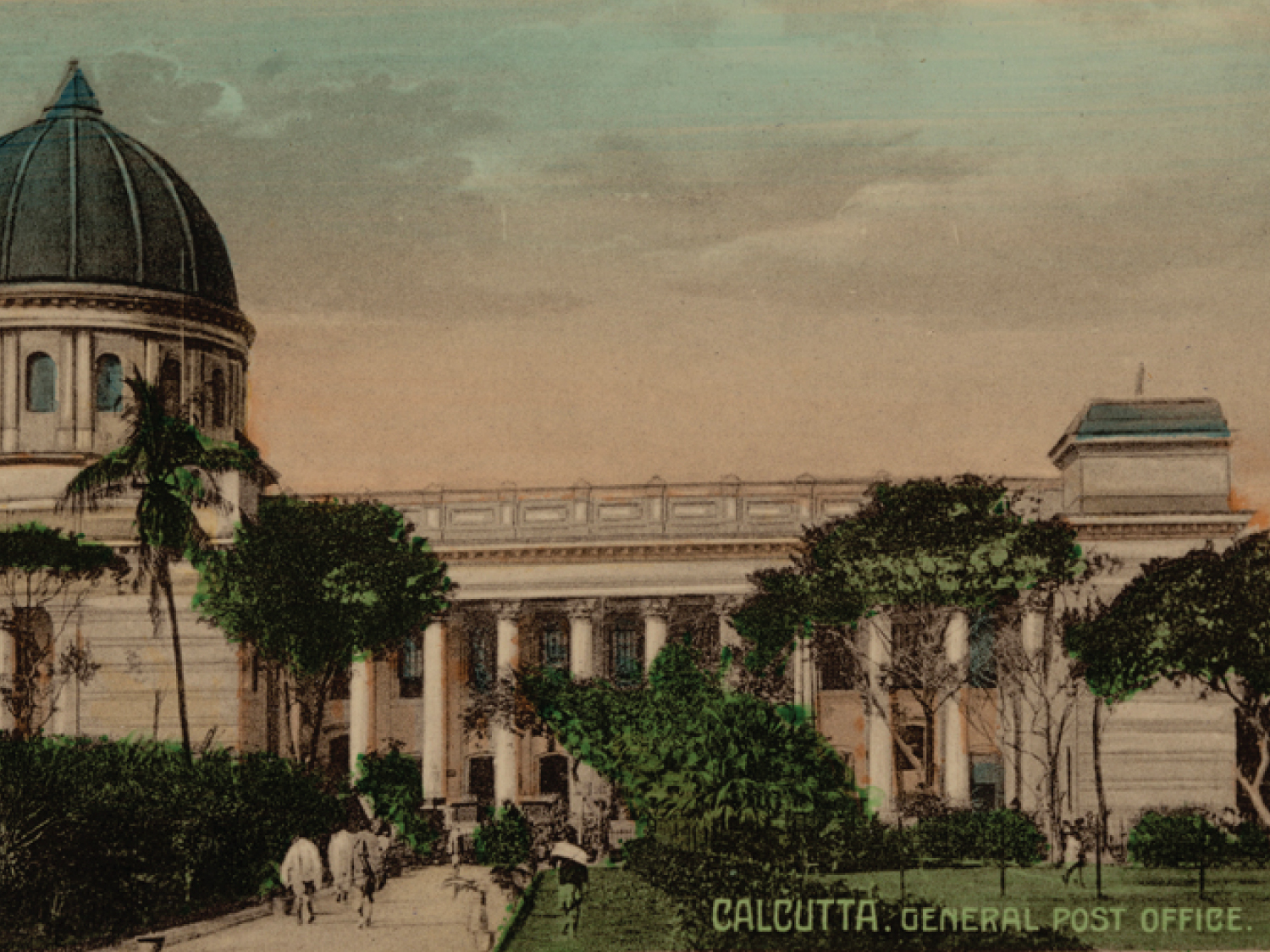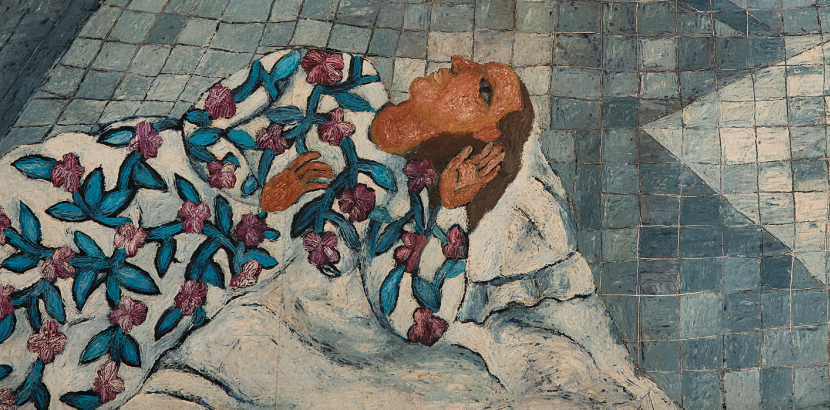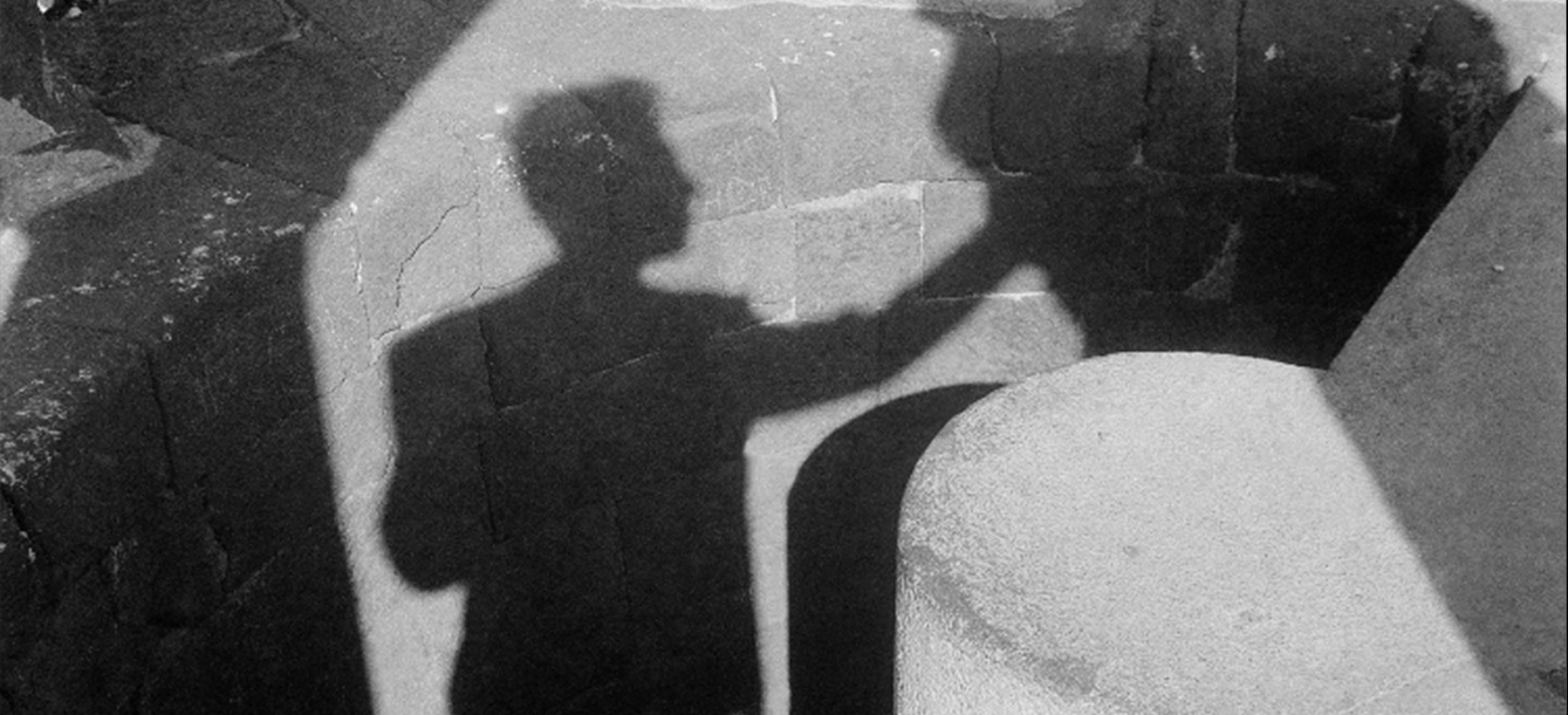Online Exhibitions
Book of Gold: The Kanchana Chitra Ramayana of Banaras
Discover the incredible story of the Kanchana Chitra Ramayana (Golden Illustrated Ramayana), an ambitious project commissioned by the royal court of Banaras in the eighteenth century.
Maharaja Udit Narayan Singh (r. 12 September 1795 – 4 April 1835) inherited his kingdom under intriguing political circumstances. In 1794, his father Mahip Narayan signed a treaty with the East India Company that restricted military, judicial, and minting rights, leaving Udit Narayan to explore the realm of arts and culture as his enduring legacy.
Thus began his magnum opus project that spanned over eighteen years from 1796 to 1814, bringing artists from across North India to collaborate on a monumental project — the creation of an illustrated manuscript of Tulsidas’ Ramcharitmanas. The original seven-volume manuscript featured 1,100 pages, each paired with a full-page illustration framed by lavish golden margins. The finest pigments and abundant amounts of gold leaf were used to illustrate stories from the Rama Katha. As calligraphers penned down Tulsi’s version of the epic, artists from various schools of miniature painting collaborated to illustrate every detail of it.
Through this online exhibition, explore a unique form of storytelling. Uncover over 20 stories from the Rama Katha in a single painted folio, and delve into a digital flipbook with folios from MAP’s collection.
This digital experience has been conceptualised as part of the exhibition Book of Gold: the Kanchana Chitra Ramayana of Banaras, curated by the late Kavita Singh and Parul Singh for the Museum of Art & Photography (MAP), Bengaluru, in 2023.
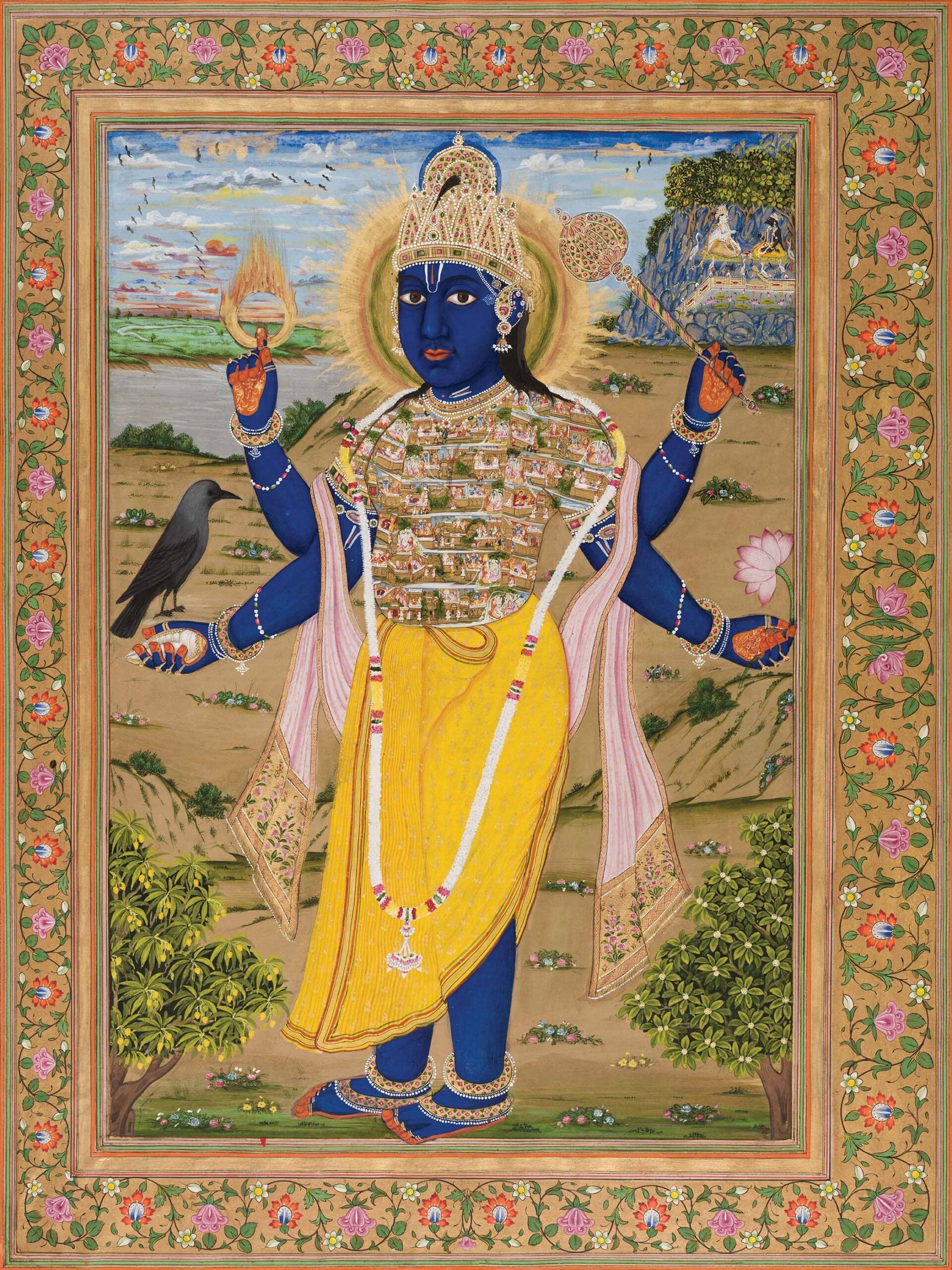
Rama in His Vishwarupa Form, 1814, Style D, Master-artist from the second wave of migrations from Jaipur, PTG.02336
